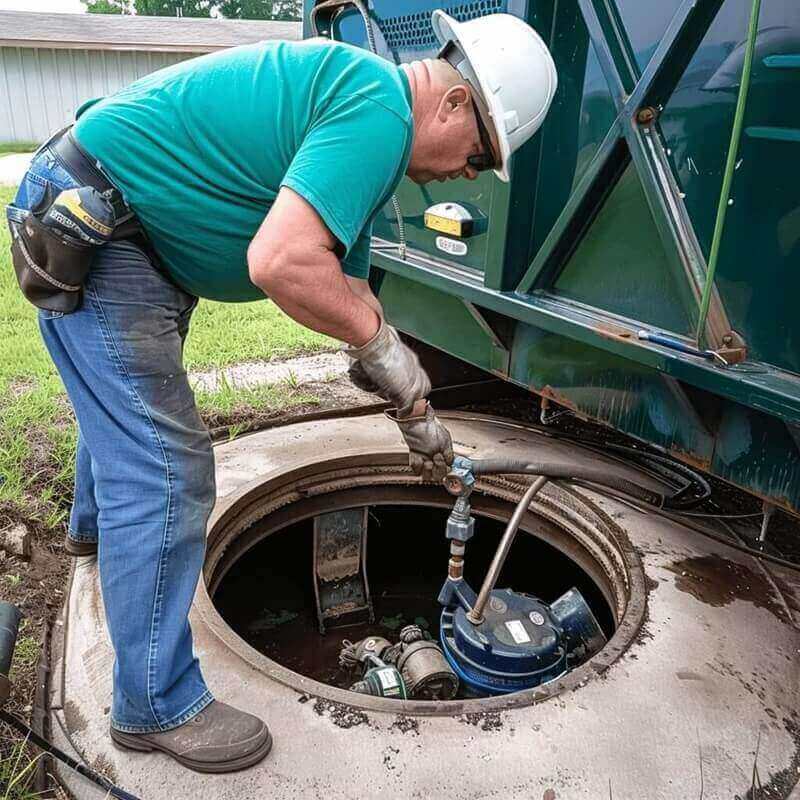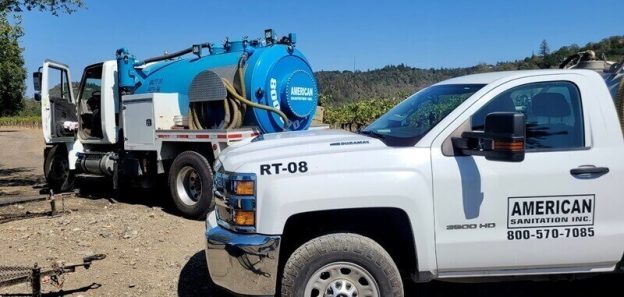Selecting the right septic tank for your home is a decision that requires careful consideration. With so many options available, it’s easy to feel overwhelmed. Septic tank pumping in Sonoma, CA, is a task best handled by experts, but knowing how to choose the right system can save you time, money, and future headaches. This article will explore the vital factors that should guide your choice. From material types to tank size and maintenance needs, every detail matters. Understanding these elements is crucial, whether installing a new system or upgrading an existing one. Keep reading to discover how to make the best choice for your home’s unique needs.
Understanding Septic Tank Materials
The material is critical when choosing the right septic tank for your home. Septic tanks are typically made from concrete, plastic, or fiberglass, each offering unique advantages and disadvantages. Concrete tanks are known for their durability and long lifespan, often lasting decades with proper maintenance. However, they are heavy and susceptible to cracking, making installation more challenging.
Plastic tanks, on the other hand, are lighter and easier to install. They are corrosion-resistant but might not have the same long-term durability as concrete. Fiberglass tanks provide a middle ground, offering durability and resistance to corrosion without the heaviness of concrete. Selecting the suitable material depends on various factors, including your budget, site conditions, and long-term maintenance plans. Understanding these options will help you make an informed decision that ensures the efficiency and longevity of your septic system.
Sizing Your Septic Tank for Optimal Performance
Selecting the correct size for your septic tank is essential for optimal performance and avoiding costly issues in the future. The size of the septic tank you need depends primarily on the number of bedrooms in your home and the amount of daily wastewater generated. Most residential septic tanks range from 1,000 to 1,500 gallons, accommodating the needs of average households.
An undersized tank can lead to frequent pumping, overflow, or system failure, causing significant inconvenience and expenses. Conversely, an oversized tank might not allow proper bacterial breakdown of waste due to insufficient retention time. Hence, a balanced approach is crucial. Consulting an expert to assess your household’s needs can ensure you choose a tank that efficiently processes wastewater without frequent maintenance. Considering these factors, you can maintain a smoothly operating septic system tailored to your home’s requirements.
Maintenance Tips to Extend Your Septic Tank’s Life
Proper maintenance is the key to extending the life of your septic tank and ensuring its efficient operation. Regular pumping is crucial; most systems require pumping every 3 to 5 years, depending on usage and tank size. Avoiding the disposal of non-biodegradable items down your drains, such as wipes, grease, and excessive chemicals, can prevent clogs and damage.
Utilizing water efficiently, fixing leaks, and installing water-saving fixtures can reduce the load on your septic system. Additionally, spreading out laundry and dishwasher loads can prevent overwhelming the system with too much water at once. Routine inspections by professionals can help identify potential issues before they become significant problems. By following these maintenance tips, you can significantly prolong the life and performance of your septic tank, ensuring a hassle-free experience.

Choosing the right septic tank for your home is a critical decision that impacts its overall functionality and longevity. You can ensure a durable and efficient septic system by understanding the different materials, properly sizing the tank, and following essential maintenance tips. If you have any questions or need expert advice on septic tank pumping in Sonoma, CA, or any other septic services, contact American Sanitation Inc. today. We’re here to provide the best solutions tailored to your needs.





